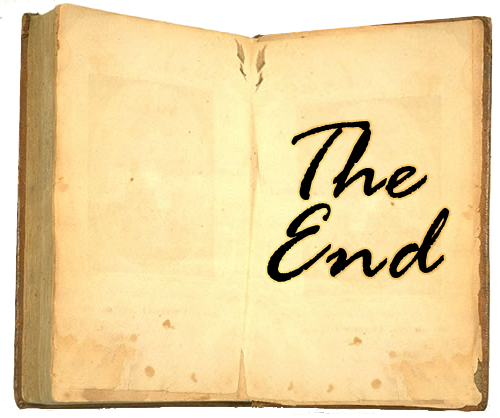So, I am finally getting around to winding up my Procrastinating 101 summer odyssey through The Procrastination Equation , Dr. Piers Steel's compendium of the science of delay. And I begin this post by confessing that the enterprise's inception was plagued by tarrying.
, Dr. Piers Steel's compendium of the science of delay. And I begin this post by confessing that the enterprise's inception was plagued by tarrying.
After determining that Dr. Steel's book would follow Joseph Ferrari's Still Procrastinating? as Procrastinating 101's featured work, I apparently suffered a momentary lapse, in which I forgot to obtain said volume. This was followed by a further mental mishap, in which I imagined that I had gotten the book. I could see it in my mind. (I'd seen its image online.) And I envisioned it occupying the place on my shelf where I would have stashed it had I secured it.
as Procrastinating 101's featured work, I apparently suffered a momentary lapse, in which I forgot to obtain said volume. This was followed by a further mental mishap, in which I imagined that I had gotten the book. I could see it in my mind. (I'd seen its image online.) And I envisioned it occupying the place on my shelf where I would have stashed it had I secured it.
The night before I planned to write the first post, I went to the shelf and, like Old Mother Hubbard, discovered the absence of the phantom edition. A late night expedition to my neighborhood chain bookstore remedied the situation, but perhaps I should have recused myself from reviewing a serious work on a subject I apparently knew waayyyyyy too much about.
But I didn't. Instead, I spent the next sixteen weeks knee-deep in The Procrastination Equation 's compelling exposition of all we can learn from a breathtaking array of research on putting stuff off.
's compelling exposition of all we can learn from a breathtaking array of research on putting stuff off.
And after all that, am I cured of what Dr. Steel so scientifically refers to as "dilly-dallying?" Not really. Though I do have a much keener appreciation of the degree to which I, like all other humans, have been set up to sputter through the motivational demands of life in the 21st century in this culture. And I have acquired a repertoire of strategies to use in countering my tendencies, hardwired and acquired.
Dr. Steel's Postscript, following Chapter 10 and quaintly entitled "Procrastination's Chapter 11," appends a brief discussion of the potential of disciplinary integration to focus our efforts to defeat procrastination, the "ubiquitous" common enemy. He reminds us that "the top two ways that people procrastinate are through their televisions and through their computers," and suggests that we "apply the principles of self-control [put forth in The Procrastination Equation ] to our own technology." Thus DVRs, "attentional control programs like Rescue Time," and "a sophisticated and difficult-to-subvert nannyware program--like Chronager, except self-administered," could form the basis of an "effective self-control platform."
] to our own technology." Thus DVRs, "attentional control programs like Rescue Time," and "a sophisticated and difficult-to-subvert nannyware program--like Chronager, except self-administered," could form the basis of an "effective self-control platform."
With further advances in integration, more such tools that address our own weak wills should become commonplace, designed into our society's fabric. And ironically, for all this, we can partly thank procrastination. Fittingly for an irrational self-defeating delay, by making possible the groundwork for integration, procrastination may have contributed to its own defeat.
And that's all he wrote.
# # #
Finishing with this book feels a bit like ending a semester. I am tempted to try to assign myself a grade. To what extent have I mastered the material? I haven't taken the final, so it's hard to say.
Which makes me think of the last institution of higher learning in which I taught. That innovative establishment had developed an approach to measuring learning in which "test" was a dirty word. Instead, we administered "assessments," designed to approximate real-world situations in which a performance would reveal the incorporation of new information, understanding, and ability.
In this context, a relevant assessment opportunity is available with each new dawn. And this course in what to do about procrastination isn't over until it's (all) over, mellifluous fat lady or no such personage.













No comments:
Post a Comment